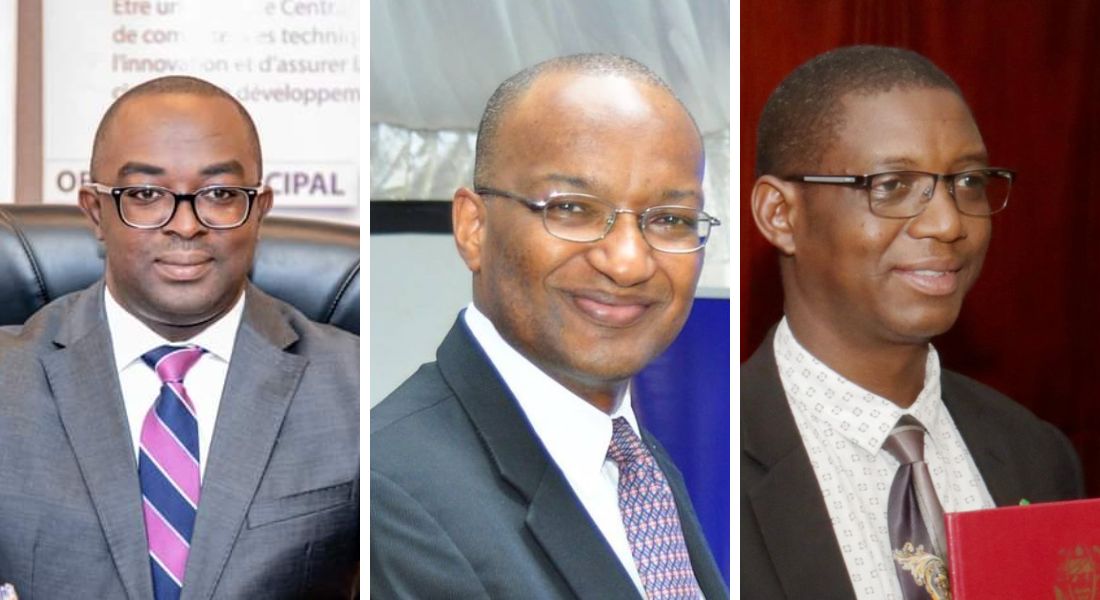The East African Community (EAC) has agreed on a deadline to implement a common currency within the region, following the 26th consultative meeting on March 17 in Burundi.
EAC Central Bank governors agreed to fast-track the implementation of a common currency by 2031.
Earlier, the governors agreed on November 2023 as the deadline but a number of frameworks were still pending.
“The Committee noted the revised timelines set out in the EAMU roadmap, with the new date of achieving the monetary union by 2031.
Therefore, the Committee reaffirmed their commitment to work together with the EAC Secretariat to fast-track implementation of activities in the revised EAMU roadmap,” said EAC in a statement.
Accordingly, the Governors, through the session chair, Burundi’s Dieudonne Murengerantwari, a lot of work still needs to be done in the area of cross-border payment systems, and agreed to continue rolling out interoperability initiatives at the national level.
Easing trade barriers
Other areas which the governors agreed to streamline before rolling out the common currency to the benefit of over 140 million people, including enhancing the East African Payment System (EAPS) while engaging other stakeholders at the continental level on further integration of cross-border payment systems.
Noteworthy, a currency union in the EAC will be attractive as it will provide a more stable currency in terms of purchasing power, and ,minimize currency volatility and fluctuation.
According to Africa Business, a common currency can eliminate transaction costs, quicken cross-border payments and make investments and the movement of people more viable.
The Governors signed the Addendum of the Memorandum on Understanding (MOU) on currency convertibility and repatriation to take into account the AML/CFT issues in the region.
Also, the signing of this addendum of the MOU constitutes an important achievement in the process of enhancing transactions across the region in regard to the implementation of the Protocol of the Monetary Union.
EAC Common market
A lackluster roll-out of an unionised currency in EAC mirrors the West African Monetary Zone (WAMZ) (Gambia, Ghana, Guinea, Liberia, Nigeria, and Sierra Leone) which had set to introduce a single currency, the eco, in 2015.
The region targeted to merge with the CFA franc – French currency to create a common currency for much of West Africa – a 2020 target that failed.
More Trade Opportunities
With the EAC looking forward to the 2031 deadline, however, significant strides exist towards the establishment of a common currency including putting up key institutions of the East African Monetary Union (EAMU), particularly the East African Monetary Institute (EAMI).
In addition, it includes harmonization of monetary and exchange rate policies, harmonization of regulatory frameworks, implementation of measures to strengthen regional payments systems, and enhancement of cybersecurity frameworks.
Governors noted that the economic performance in the region was strong in 2022, recording a Gross Domestic Product (GDP) growth of 4.5 percent.
Strong growth in industry and services sectors supported the performance following the easing of COVID-19 restrictions.
The region is expected to improve supported by the recovery in agriculture, continued strong performance of the services sector, and prudent monetary and fiscal policies.
This is even as the downside risks remain elevated due to weak global growth, tightening global financial conditions, protracted geopolitical tensions, climate change risks, and volatile commodity prices.
The EAC’s combined GDP is about US$163.4 billion (at purchasing power parity, about US$473 billion) and the average GDP per capita is about US$941 (at purchasing power parity, $2,722).
In addition to the EAC market, investors in the Partner States have access to other African markets (e.g. COMESA, SADC, and AfCFTA) as well as to international markets through preferential trade arrangements.

